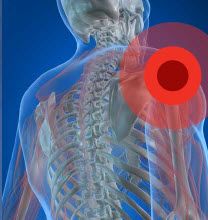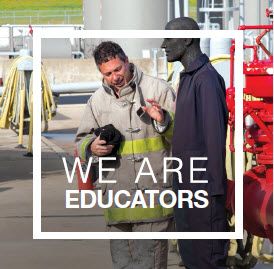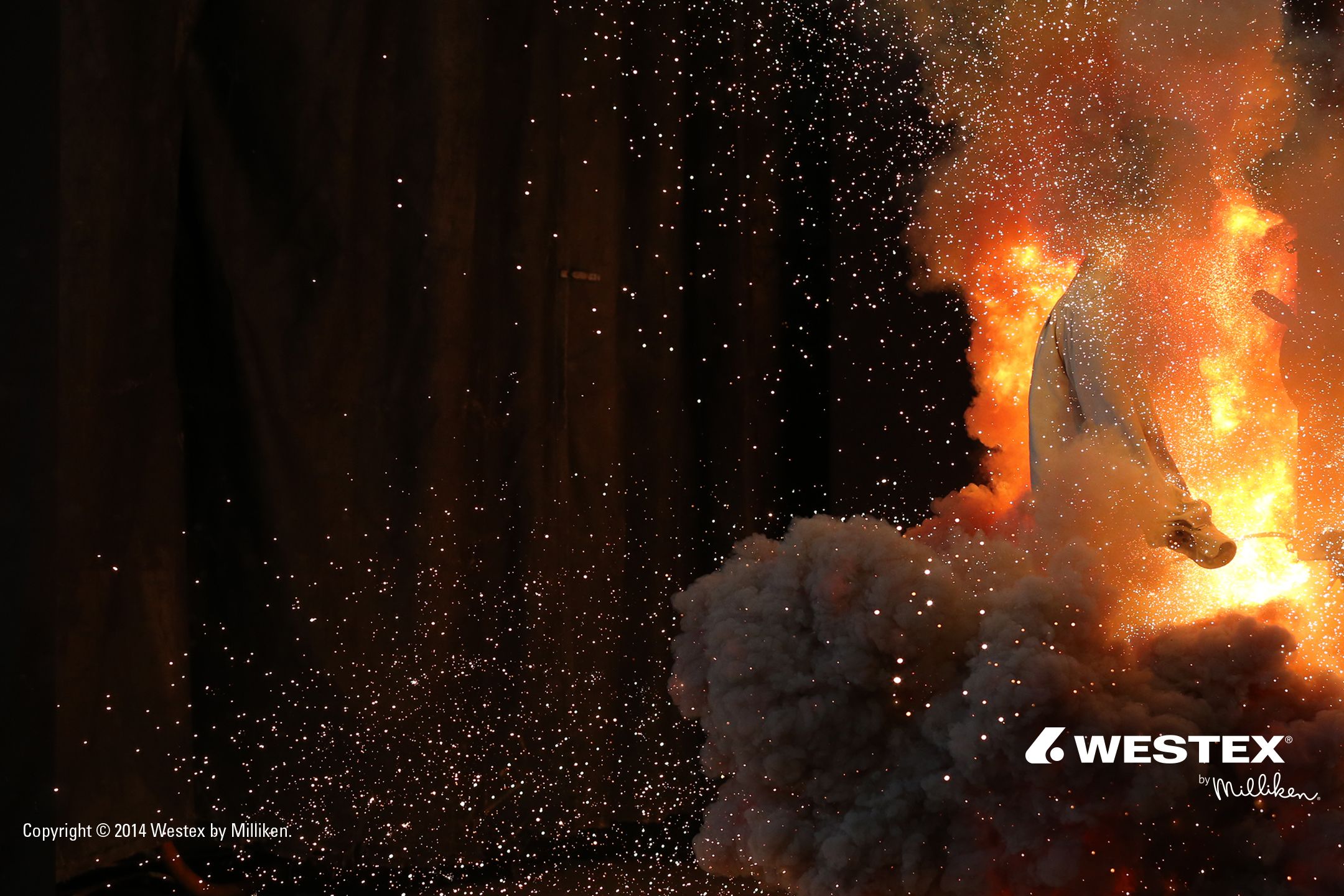
Burn Injuries by the Numbers
Arc Flash VideosGeneral 18 May 2016
Burn injuries resulting from arc flash, flash fire or combustible dust hazards can be life threatening or worse, life-ending. Both the temperature and duration of the exposure directly impact injury severity. In honor of National Electrical Safety Month, this blog post takes a look at the impact of a burn to help raise awareness of safety and prevent injury.
Arc flashes and flash fires can cause life-changing burns to workers. In 2014, the National Burn Repository (NBR) published nine years of data from all American Burn Association-verified burn centers:
- Flame continues to be the most common mechanism of injury, at over 40% of all cases
- 15% of these cases were reported as work related
- 9% of these cases described the accident location as industrial
At the time this data was published, the average age of industrial workers was 42.5 years (according to the United States Department of Labor). Importantly, a 40- to 49-year-old who has sustained second- or third-degree burns to 50% of their body has almost 40% risk of death. That risk increases with smoke inhalation.
For the survivors in this age group, the average hospital stay is 3 days per each percentage of body burned. The average cost of this hospital stay is $7,791 per day which means an average of $1,168,650, not including outpatient treatment, rehabilitation or reconstruction[1]. Workers over 50 years old have an increased risk of morbidity (illness) and mortality (death) from their injuries.
For workers who face momentary thermal hazards, the best cure for a burn is to prevent it from happening in the first place by using proper arc rated and flame resistant clothing. In fact, fabric is the single most important aspect of a garment when it comes to FR protection.
It is the safety manager’s responsibility to understand the burn data for various fabrics and to choose FR that will help protect workers against their specific hazard, with a guarantee of flame resistance for the life of the garment. Knowing the fabric manufacturer behind your garment is key to maintaining an effective protective clothing program with a consistent product to help minimize worker risk and injury.


